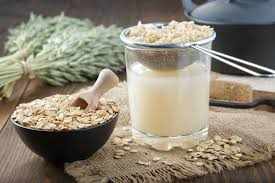
Market Overview:
The microbial identification market is experiencing rapid growth, driven by rising demand for dairy-free alternatives, sustainability and environmental awareness and expansion in product variety and availability. According to IMARC Group's latest research publication, "Oat Milk Market Size, Share, Trends, and Forecast by Source, Product, Packaging Type, Application, Distribution Channel, and Region, 2025-2033", The global oat milk market size was valued at USD 717.8 Million in 2024. Looking forward, IMARC Group estimates the market to reach USD 1,845.6 Million by 2033, exhibiting a CAGR of 11.1% from 2025-2033.
This detailed analysis primarily encompasses industry size, business trends, market share, key growth factors, and regional forecasts. The report offers a comprehensive overview and integrates research findings, market assessments, and data from different sources. It also includes pivotal market dynamics like drivers and challenges, while also highlighting growth opportunities, financial insights, technological improvements, emerging trends, and innovations. Besides this, the report provides regional market evaluation, along with a competitive landscape analysis.
Grab a sample PDF of this report: https://www.imarcgroup.com/oat-milk-market/requestsample
Our report includes:
Market Dynamics
Market Trends and Market Outlook
Competitive Analysis
Industry Segmentation
Strategic Recommendations
Growth Factors in the Oat Milk Market
Rising Demand for Dairy-Free Alternatives:
The relatively new category of oat milk has been driven from the increased consumer demand for dairy-free and lactose-free alternatives. The shift in consumer demand has been made possible by increased consumer demand as a result of adopting a plant-based diet for a variety of reasons including, lactose intolerance, ethical treatment of animals, and sustainability. Oat milk provides a thick, flavorful substitute for cow's milk while eliminating potential allergens found in soy and nut milks. Additionally, the efforts of celebrities and influencers that advocate for a plant-based lifestyle has influenced the wider proliferation of menu items based on oat milk at numerous coffee shop chains around the world. The consumer demand for oat milk is attracting emerging startup companies and existing dairy companies to tap into the market to produce a line of oat milk products.
Sustainability and Environmental Awareness:
The final factor that is driving the oat milk product market primarily revolves around sustainability; oat milk production generally requires less water and creates lower greenhouse gas emissions than dairy, as well as other plant-based milks like almond milk. In a time when climate change and environmental destruction are shaping consumer behaviors, oat milk is considered to be the more sustainable option. In fact, many companies are using the environmental advantages of oat milk in their packaging and their marketing. For example, companies like Oatly have made sustainability part of their identity, and have engaged with environmentally conscious customers by leveraging strong and unambiguous messages. Environmental concerns relate to oat milk are a great match for purchasers that align or consider themselves as holding green values.
Expansion in Product Variety and Availability:
The oat milk sector has grown tremendously, in large part due to very innovative and extensive product differentiation. The product choice range has evolved from plain oat milk, to an assortment of flavored oat milk, oat-based yogurts, oat-based ice creams, cooking creams, along with oat milk barista blends. This considerable product diversification is vital to oat milk's success because a greater variety of products make oat milk attractive to more people and allows different segments of the whole of food and beverage penetration. Oat milk accessibility, distribution, and imbedding into food systems has intensified greatly, including greatly increased access to oat milk through the supermarket channel, and oat milk being served at cafés, restaurants and online deliveries. The trend of oat milk has been cemented into the mainstream with international brands that are now routinely serving oat milk as a standard option in stores like Starbucks, and Costa Coffee.
Key Trends in the Oat Milk Market
Premium and Functional Oat Milk Products:
A noticeable trend shaping the oat milk market is the rise of premium and functional product lines. Consumers are not just seeking dairy alternatives but also added nutritional benefits such as protein enrichment, calcium fortification, and vitamin blends. Some brands have begun incorporating adaptogens, probiotics, and even collagen into oat milk to appeal to the health-focused buyer. These enhanced formulations help position oat milk not only as a beverage but also as a functional wellness product. For example, functional oat milks marketed toward fitness enthusiasts or wellness-conscious consumers are gaining popularity in urban markets, where demand for holistic nutrition is high.
Growing Adoption in the Foodservice Industry:
The foodservice sector is playing a crucial role in normalizing and accelerating oat milk consumption. More cafés, restaurants, and fast-casual dining chains are offering oat milk as a default or no-cost milk alternative. This shift is driven by customer demand and the improved frothing and flavor profile of oat milk, making it a favorite for baristas and chefs. For instance, many café chains now highlight oat milk in their seasonal drink promotions or specialty lattes, effectively introducing the product to a broader audience. As oat milk becomes a familiar choice on menus, consumers are more likely to purchase it for at-home use, reinforcing brand loyalty.
Private Label and Retail Brand Expansion:
Private label oat milk brands are on the rise, especially in large retail chains across North America, Europe, and Asia-Pacific. Retailers are launching their own versions of oat milk to compete with well-established brands, often at lower price points but with comparable quality. This expansion is not only increasing market penetration but also making oat milk more accessible to price-sensitive consumers. For instance, grocery giants like Aldi, Tesco, and Target now offer multiple varieties of oat milk under their house brands, encouraging trial and adoption. This competitive pricing and brand diversification are helping oat milk move from niche to mainstream.
Leading Companies Operating in the Oat Milk Industry:
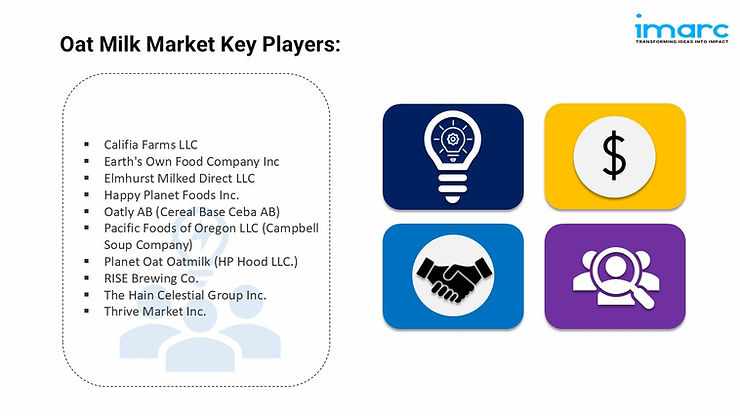
Califia Farms LLC
Earth's Own Food Company Inc
Elmhurst Milked Direct LLC
Happy Planet Foods Inc.
Oatly AB (Cereal Base Ceba AB)
Pacific Foods of Oregon LLC (Campbell Soup Company)
Planet Oat Oatmilk (HP Hood LLC.)
RISE Brewing Co.
The Hain Celestial Group Inc.
Thrive Market Inc.
Oat Milk Market Report Segmentation:
By Source:
Organic
Conventional
Conventional oat milk leads (74.0% share) due to affordability, wide availability, and strong supply chain integration, while organic variants grow steadily.
By Product:
Plain
Flavored
Plain oat milk dominates (58.3% share) for its versatility, clean-label appeal, and suitability for cooking, beverages, and dietary preferences.
By Packaging Type:
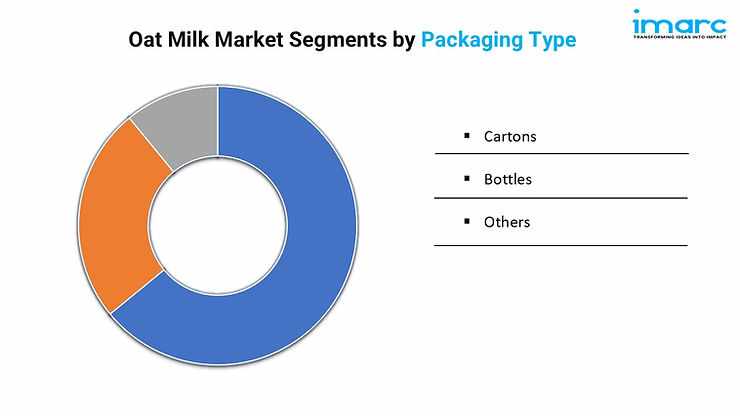
Cartons
Bottles
Others
Cartons hold the largest share (53.2%) owing to convenience, sustainability, and effective preservation, aligning with eco-conscious consumer trends.
By Application:
Food
Beverages
Beverages lead (68.2% share) as oat milk’s creamy texture and neutral taste make it a preferred dairy alternative in coffee and drinks.
By Distribution Channel
Supermarkets and Hypermarkets
Grocery Stores
Online Stores
Others
Supermarkets & hypermarkets capture 40.4% share due to product variety, accessibility, and promotional strategies driving consumer purchases.
Regional Insights:
North America (United States, Canada)
Asia Pacific (China, Japan, India, South Korea, Australia, Indonesia, Others)
Europe (Germany, France, United Kingdom, Italy, Spain, Russia, Others)
Latin America (Brazil, Mexico, Others)
Middle East and Africa
Europe dominates (52.8% share) with strong plant-based adoption, sustainability focus, and supportive policies, led by Germany, UK, and Sweden.
Research Methodology:
The report employs a comprehensive research methodology, combining primary and secondary data sources to validate findings. It includes market assessments, surveys, expert opinions, and data triangulation techniques to ensure accuracy and reliability.
Note: If you require specific details, data, or insights that are not currently included in the scope of this report, we are happy to accommodate your request. As part of our customization service, we will gather and provide the additional information you need, tailored to your specific requirements. Please let us know your exact needs, and we will ensure the report is updated accordingly to meet your expectations.
About Us:
IMARC Group is a global management consulting firm that helps the world’s most ambitious changemakers to create a lasting impact. The company provide a comprehensive suite of market entry and expansion services. IMARC offerings include thorough market assessment, feasibility studies, company incorporation assistance, factory setup support, regulatory approvals and licensing navigation, branding, marketing and sales strategies, competitive landscape and benchmarking analyses, pricing and cost research, and procurement research.
Contact Us:
IMARC Group
134 N 4th St. Brooklyn, NY 11249, USA
Email: sales@imarcgroup.com
Tel No:(D) +91 120 433 0800
United States: +1-631-791-1145

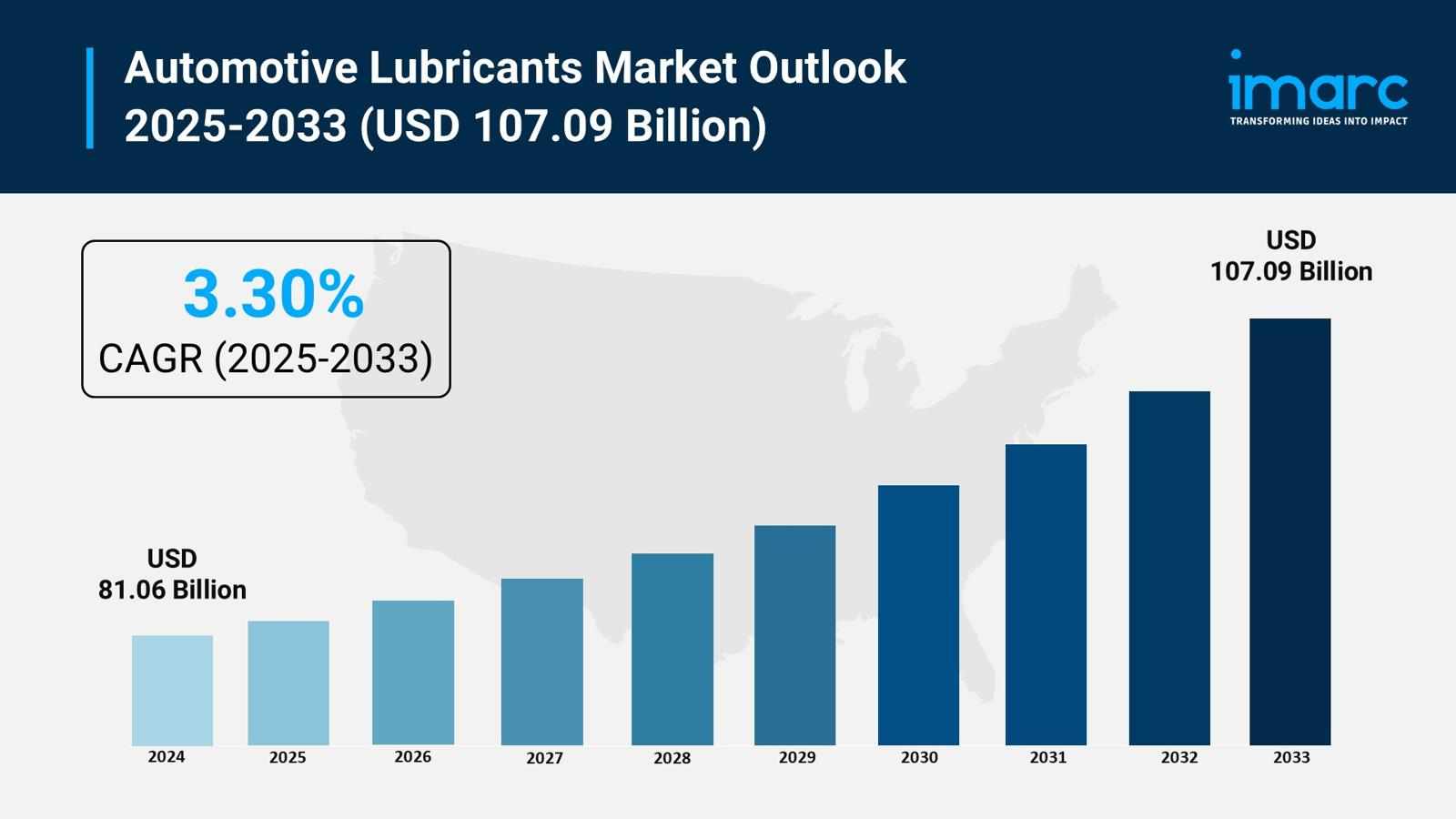
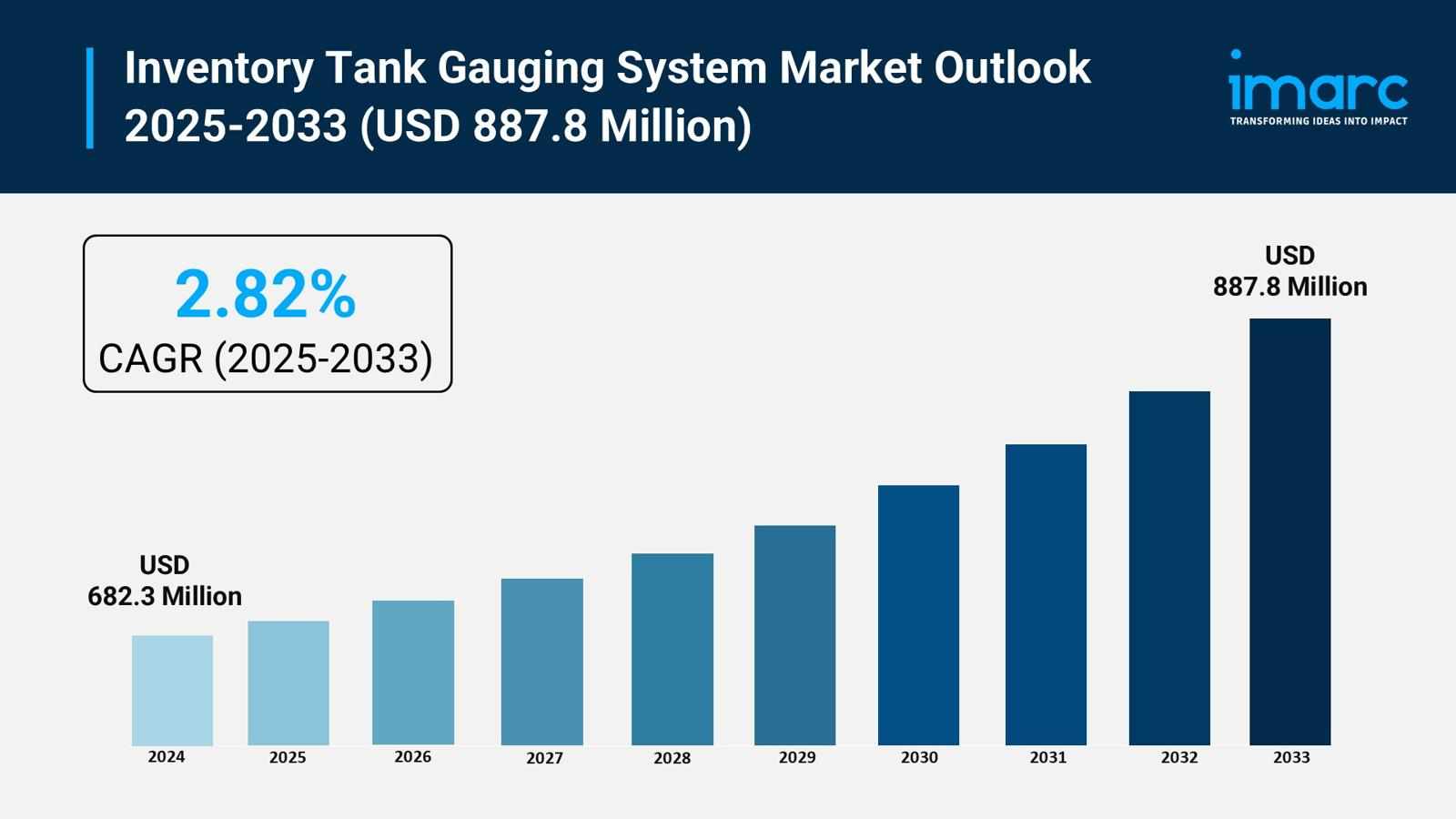
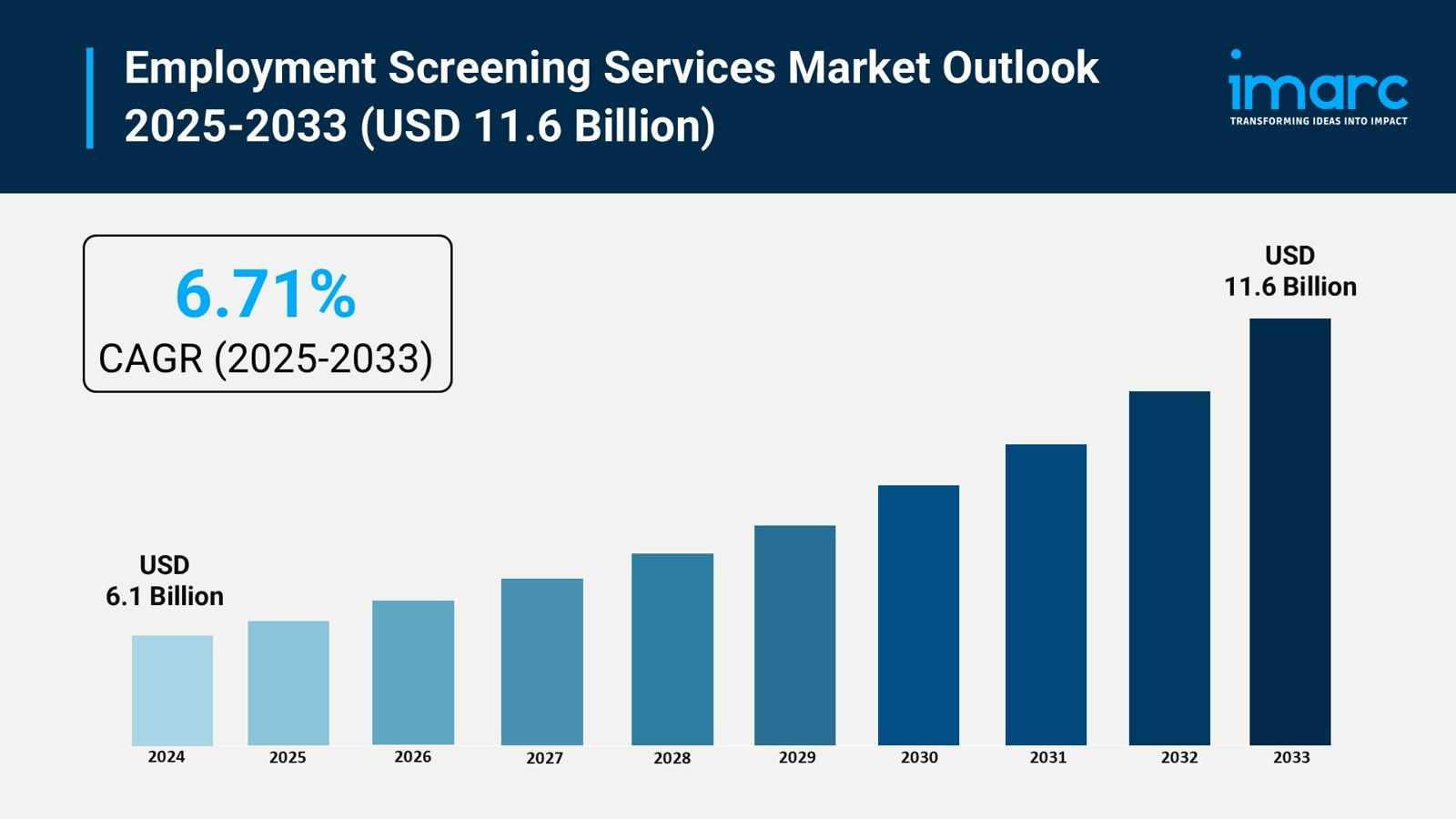
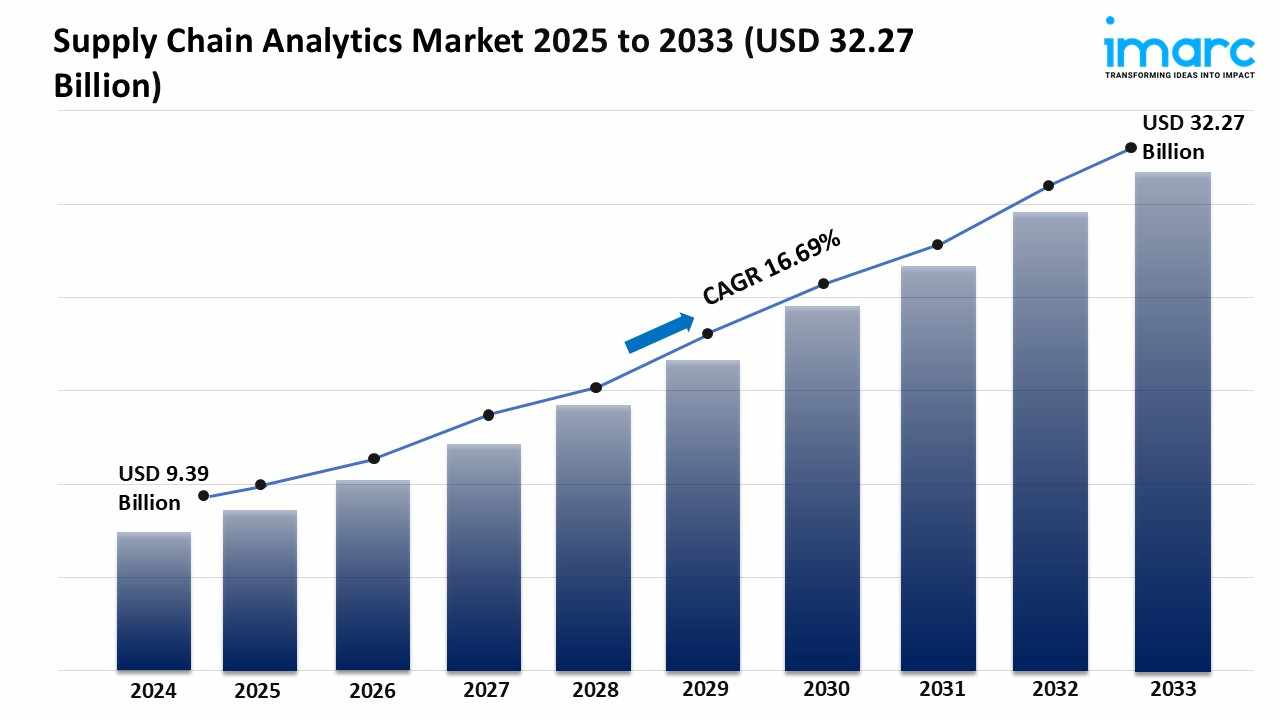
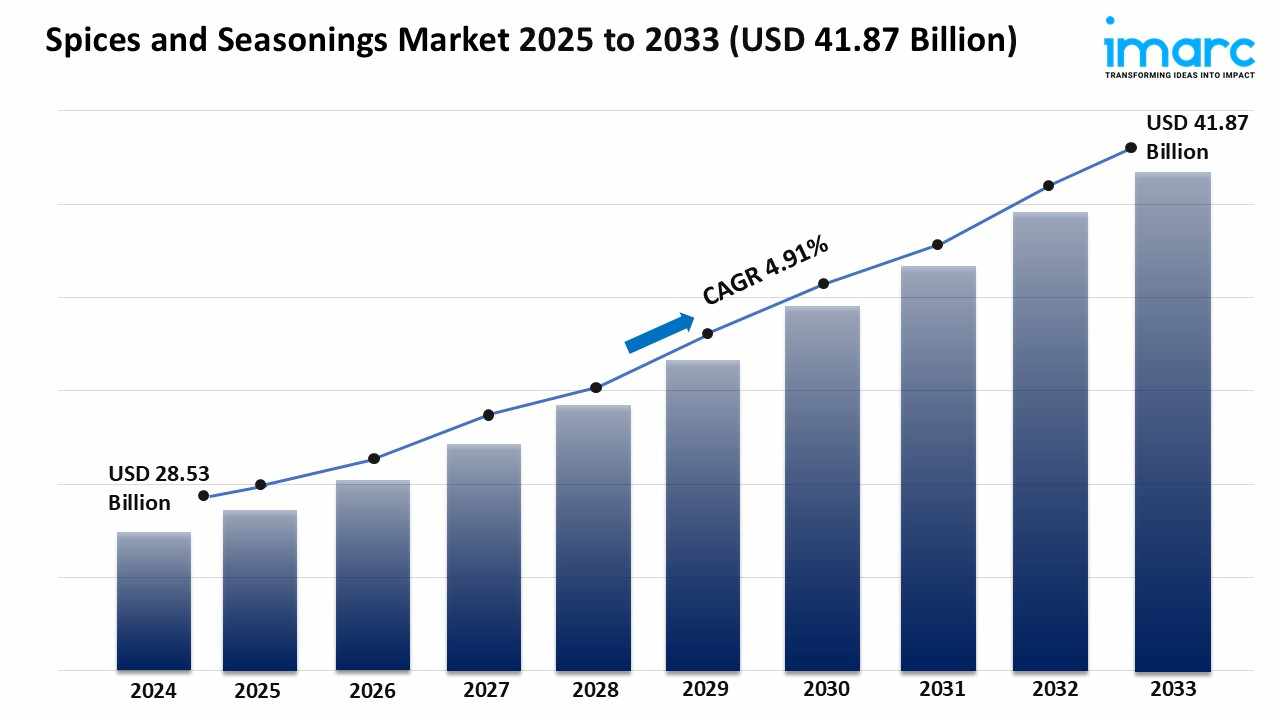







Write a comment ...